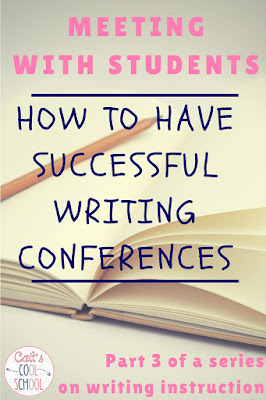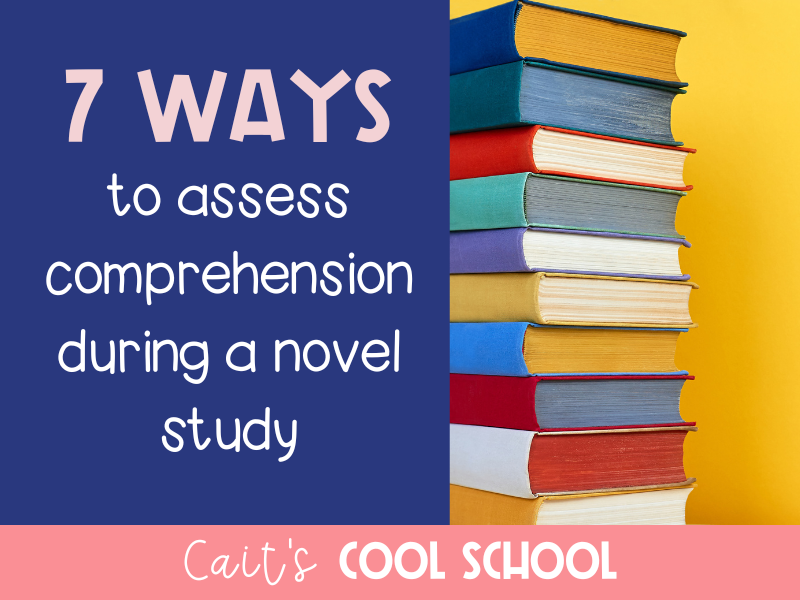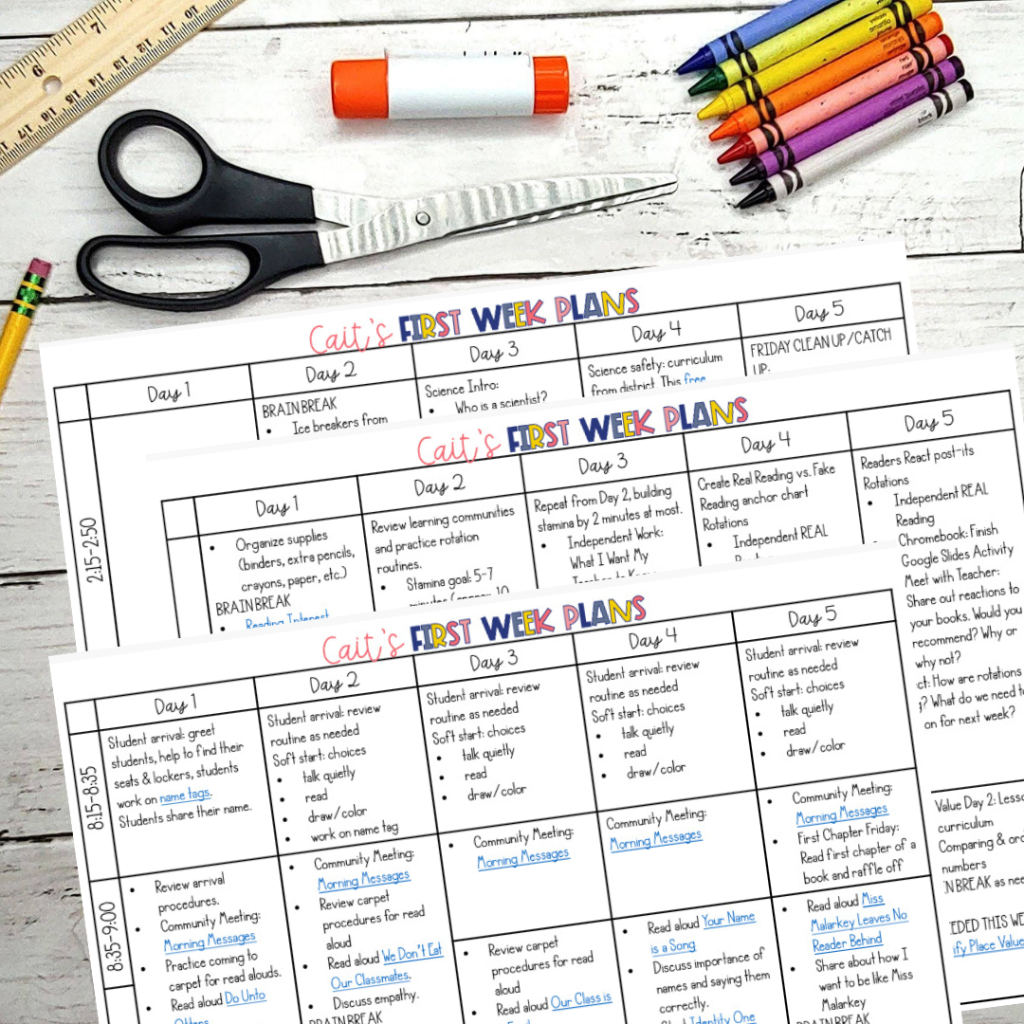So far, we’ve gotten students engaged here and we’ve done all of the pre-writing organizing here…now it’s time for writing conferences. You as the teacher need to meet with students and the students need to meet with their peers also.
Here’s the thing about writing conferences…they take time. Some are longer than others, but they can take time. I don’t know about you guys, but sometimes I have 30 students in a class. 30! Even if they each take 5 minutes (minimum!!!), that’s 150 minutes. And I only have 90 minutes for my language arts block. You know that time, when you have to fit in reading, spelling, and grammar in addition to the writing. Eek.
But, hold on, take a deep breathe. We’ve got this. I’m going to break this down into the who/what/how of writing conferences for you.
Who needs to have a conference?
EVERY STUDENT. All of them. Molly, Frank, Christina, Ricky, and Billy. They need to meet with a peer AND they need to meet with you.
What do you say and do when conferencing?
For students to peer edit, you’ll need to coach them through that and show them how to give them suggestions. I usually set them up with forms to fill out and guide them through their conversation.
What do I say? Depends on the student. This is the best time to differentiate for your kiddos because you can push them the extra mile, or give them a more guided scaffold of what you expect. For example, in narrative writing, I have some students who can not only write paragraphs, but they can add dialogue and even create CHAPTERS for their story. Those are the ones I push the extra mile. Can you add more detail? Set the scene a little. Show HOW the character is friendly/scary/funny instead of saying it.
For those darlings that barely have an idea, and need to really develop their writing more, I start questioning them. Where did the magic come from? How was the villain defeated? What does it mean when you say “Leroy ran away but then we found him”? How can we make that more exciting? What did he run from? How did you find him? What happened while he was gone? Depending on the student, sometimes I scribe their thoughts for them, or I write out the questions and send them to answer the questions before we conference again.
It’s important to remember that it’s THEIR piece of writing, not yours.
Also, I edit for spelling and grammar as needed, sometimes asking the student if they know how to correct it, and sometimes just showing them what needs to be fixed.
But, HOW do I manage meeting with individuals when I have so many other students that need me?
First of all, establish that writing conference time is one-on-one time with you and another student and NO ONE should interrupt you unless someone is vomiting/bleeding profusely/clearly dying.
When conferences start, most of my other students are either writing their rough drafts or peer editing. By the time, I’ve met with a few students and sent them to work on their final drafts, I have a list of 20+ names that I need to meet with. This is where a MUST DO/CAN DO chart comes in handy.
MUST DOs include where they are in the writing process- write rough draft, edit someone else’s paper, sign up to meet with Mrs. Veise, and write (or type) final draft. I always explain that sometimes there is a time that their MUST DO list is on pause while they wait for me (or for a student to pair up with). That’s when they move to CAN DO.
CAN DOs include:
- Journal writing
- Read a book
- Extra activities packet (I always put together a set of independent work that reinforces skills we’ve practiced in class and sometimes it’s themed with their writing project- for example writing plural nouns and the words are all Halloween-esque since we’re writing a scary story.)
- Word Work station
- Write a book recommendation
CAN DOs can be switched up and changed around to fit your needs. So can MUST DOs. If you want them to use their “free” time while waiting to finish up an independent assignment, this is the perfect time. Work in their reading response journals, or put together part of their lapbook or interactive notebook. As long as it’s something they can complete without bothering you during a conference, you’re golden 🙂
WOO- we’ve almost made it! The last step we’re going to talk about will be publishing…and how to get creative with it. See you soon!
P.S. Questions about writing? Leave them in the comments and I’ll help you out!







 The first FIVE days of lesson plans for the beginning of the year.
The first FIVE days of lesson plans for the beginning of the year.